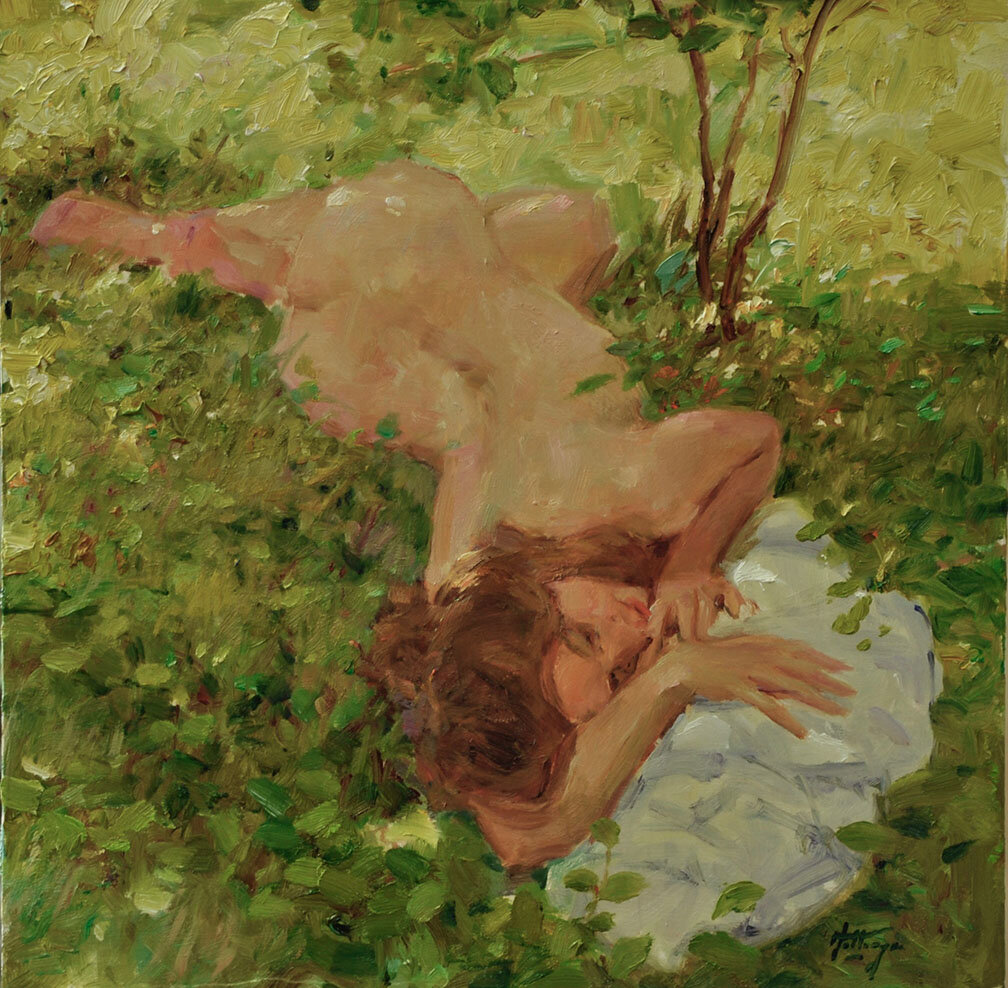Got my Portrait Society of America newsletter the other day. It's a real treat to see all the fine creative works by such talented artists. There's something about being a member of a group alongside such people.
A fine portrait is more than simply just a likeness of the sitter. The great portrait artist puts a bit of themselves into each piece, it's why their work is so recognizable. Those who have a passion for art, for painting, recognize the hand that creates each piece. Everett Raymond Kinstler, Daniel Green, Burton Silverman and William Draper are but a few who's work is recognized by that bit of themselves they put into it.
There are also great landscape artists who put themselves into each creation that comes off their easel. Figurative artists, still-life artists - all reach for the heights and get there by putting more of themselves into each piece. Art isn't perfection; art is passion, feelings, awareness and a willingness to open one's soul to others. It is a one-on-one connection between like souls. A painting of an old woman working in her garden painted with loose, rough brushwork can move one to tears and to another be a total turn off. In my 20's I looked for beautiful young women to paint and admired other artists who filled their canvases with beautiful girls. Now with more life behind me, I see beyond the beautiful. I see the soul guiding the hand that created the art before me. Bold colors put on with a palette knife to me is zest for life, while a dark palette is a more serious, moody soul. How I see the works of others is my own personal interpretation, it's what makes art so interesting.




